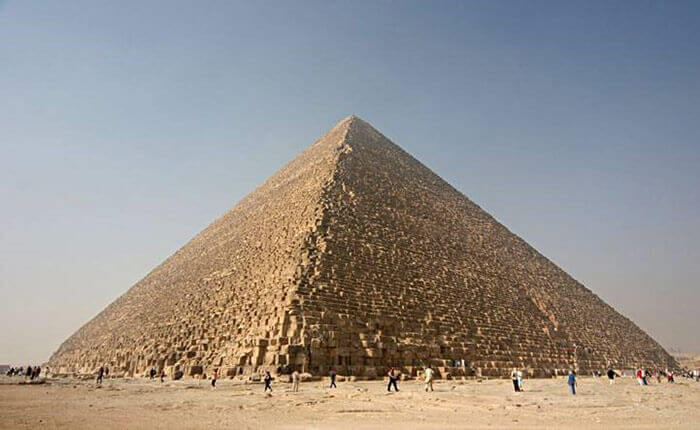The Sacrificial Theory of Warfare, Chapter X:
The First Sacrifice
Scholars enjoy writing about the Greeks—individuality, and development of the first democracy. But the West began with Egyptian civilization, which flourished for over three-thousand years. Here we witness the origin of civilization in sacrifice—the pyramids—that required the expenditure of vast human and material resources. The labor of tens-of-thousands of men for thousands of years was devoted to building these megalithic structures. The pyramids had no practical use; did not produce economic benefits. On the contrary, they were a drain on Egyptian society, syphoning off energy to create “worthless” structures—that nevertheless contained profound symbolic significance. It does not require genius to interpret the symbolism of the pyramids: they testified to the immortality of the Pharaoh. This monumental tomb contained—embodied—the fantasy of immortality. If the Pharaoh could live forever, perhaps other human begins could as well. It was a dream—a gigantic fantasy—that compelled human beings to abandon the veldt, and to develop an economic surplus. |
|
||
Civilization begins with the creation of massive, monumental structures requiring the expenditure of vast resources—in the name of a project that serves no practical purpose. Devoted to the proposition that the King would live eternally in his second life, the pyramids had no biological or evolutionary significance. |
||
|
